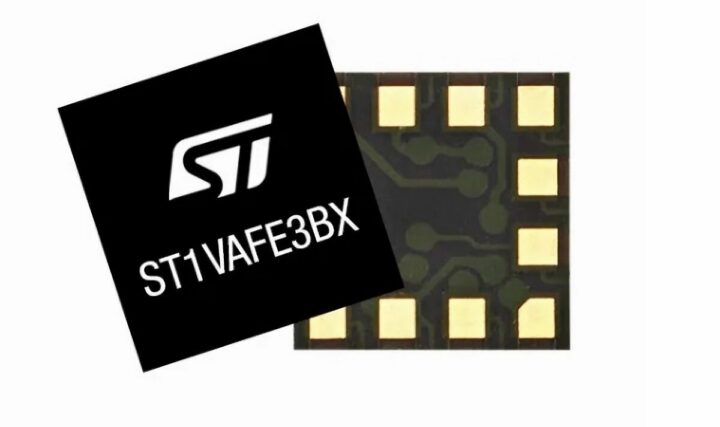Murata unveils stretchable PCB technology for medical and bio-sensing applications

Many PCB vendors now provide flexible PCB manufacturing services, but Murata goes further with stretchable PCB technology that’s not only bendable but can be twisted and stretched to better fit on the body for bio-sensing and medical applications even on parts such as an elbow. Traditional bio-monitoring sensors have some limitations. For example, they can become unstuck when the body moves, damage the delicate skin of infants and the elderly, data may be distorted due to body movement, and Murata explains “there is a risk of a decline in insulation and the occurrence of ion migration when using a thermoplastic polyurethane elastomer (TPU), known as a stretchable base material, in a high humidity environment”. The company’s stretchable printed circuits ((SPC) are supposed to solve or at least mitigate all those issues. The technology is under development, but Murata still shared some highlights of the technology: Stretchable electrode printing in compliance [...]
The post Murata unveils stretchable PCB technology for medical and bio-sensing applications appeared first on CNX Software - Embedded Systems News.

